Search Images
Browse Content (p. 799)
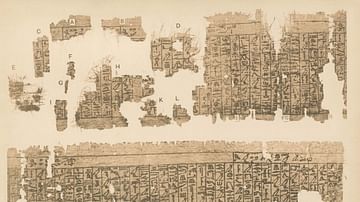
Image
Kahun Veterinary Papyrus
Papyrus Kahun LV. 2; veterinary papyrus; 12th Dynasty
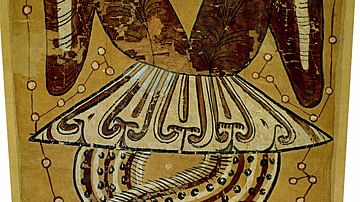
Image
Fuxi & Nuwa
Tang Dynasty depiction of the god Fuxi and his sister-wife Nuwa.
Xinjiang Uighur Autonomous Region Museum.
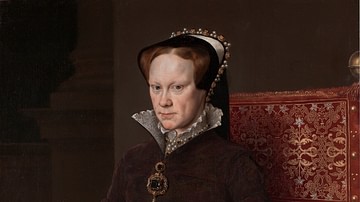
Image
Mary I of England by Antonis Mor
A 1554 CE portrait of Mary I of England (r. 1553-1558 CE) by Antonis Mor. (Museo del Prado, Madrid)
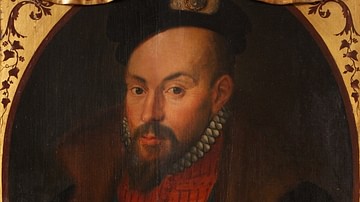
Image
John Dudley, Earl of Northumberland
A portrait of John Dudley, Earl of Northumberland (1504-1553 CE) who effectively served as regent in the latter part of the reign of Edward VI of England (r. 1547-1553 CE). (National Trust Collection)

Image
Portrait of Lady Jane Grey
A portrait of Lady Jane Grey by an unknown artist. Lady Jane Grey was briefly declared queen in England in 1553 CE following the death of her cousin Edward VI of England (r. 1547-1553 CE). Lady Jane was then imprisoned by Mary I of England...

Image
The Execution of Lady Jane Grey
A 19th century CE painting by Paul Delaroche of the execution of Lady Jane Grey who was briefly declared queen in England in 1553 CE following the death of Edward VI of England (r. 1547-1553 CE). Lady Jane was imprisoned by Mary I of England...
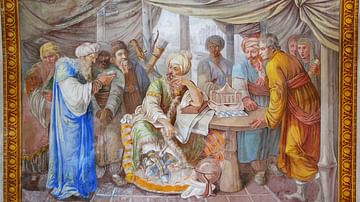
Image
The Court of Akbar
The court of Mughal Emperor Akbar (r. 1556–1605 CE). The man in the yellow robe is identified as Rodolfo Acquaviva.
Painting by an unknown artist, 1847 CE.
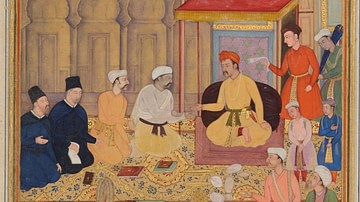
Image
Akbar in the Ibadat Khana
Mughal emperor Akbar is seen holding a religious assembly in the Ibadat Khana (House of Worship). Two Jesuit missionaries in black robes are identified as Rudolfo Acquaviva and Francisco Henriques. Illustration to the Akbarnama, miniature...
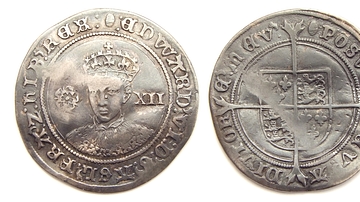
Image
Silver Shilling of Edward VI of England
A silver shilling of Edward VI of England (r. 1547-1553 CE) showing the king's portrait and the royal coat of arms.
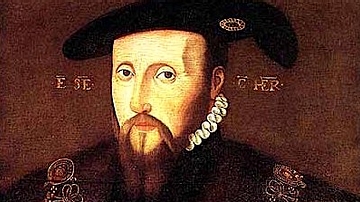
Image
Edward Seymour, Lord Protector
A 16th century CE portrait of Edward Seymour (c. 1500-1552 CE) who served as Lord Protector or regent for his nephew Edward VI of England (r. 1547-1553 CE). (Collection of Marquess of Bath, Longleat House, Wiltshire)